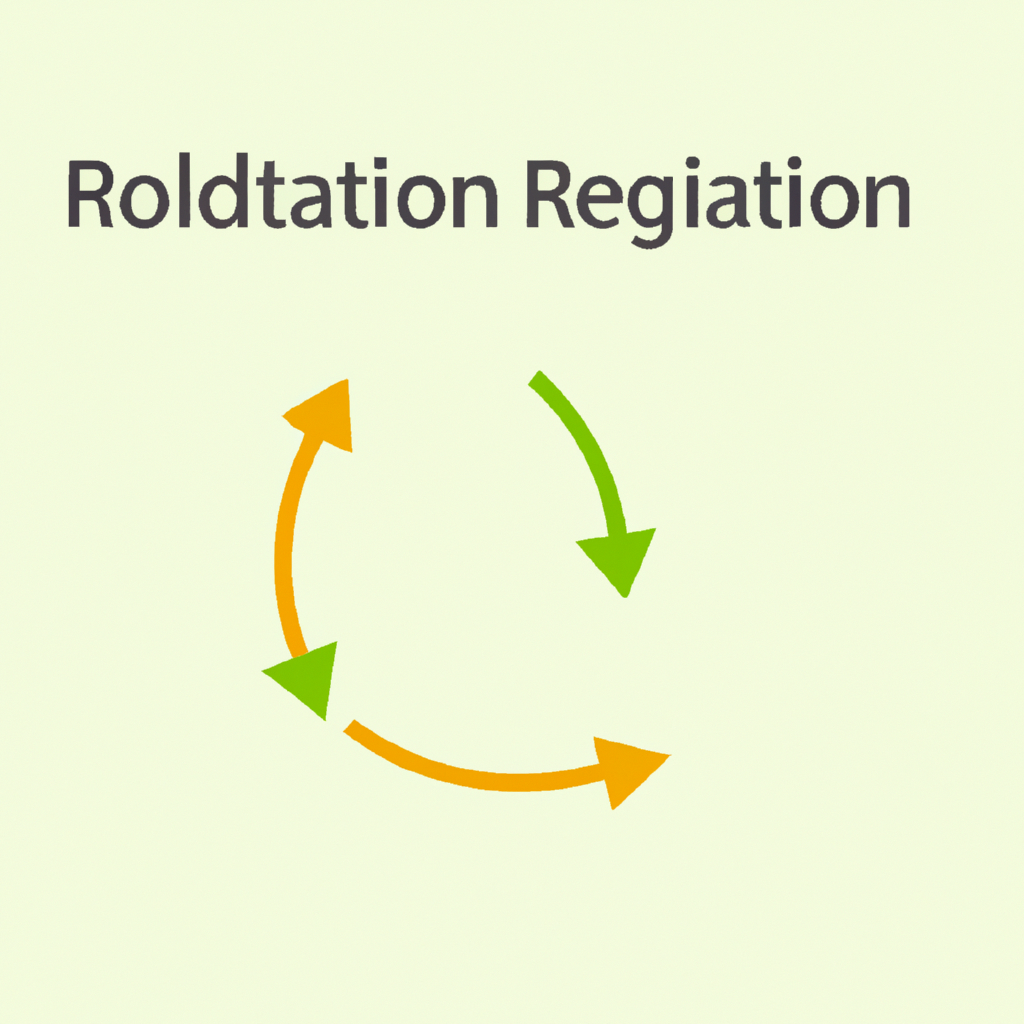
Understanding Relative Rotation Graphs (RRG)
Relative Rotation Graphs (RRG) are a powerful tool used in technical analysis to visualize the relative strength and momentum of various assets in a single chart. This tool helps investors and traders identify potential opportunities for investment or trading based on the performance of different assets relative to a benchmark index.
How RRGs Work
RRGs plot the performance of different assets on a two-dimensional chart, with one axis representing relative strength and the other axis representing momentum. Assets that are moving in the northeast direction on the chart are considered to be in a leading position, while assets moving in the southwest direction are considered to be lagging.
By analyzing the movement of assets on the RRG, investors can identify trends and potential opportunities for investment. Assets that are moving towards the leading quadrant are showing strength and may be good candidates for investment, while assets that are moving towards the lagging quadrant may be losing momentum and could be considered for selling or shorting.
Using RRGs in Trading
RRGs can be used in various ways in trading. Some common strategies include:
- Identifying potential investment opportunities by looking for assets moving towards the leading quadrant.
- Confirming trends by analyzing the movement of assets on the RRG.
- Managing risk by avoiding assets that are moving towards the lagging quadrant.
Traders can use RRGs in conjunction with other technical analysis tools to make informed trading decisions and maximize their returns.
Benefits of RRGs
There are several benefits of using RRGs in technical analysis:
- Provides a visual representation of the relative strength and momentum of different assets.
- Helps identify potential investment opportunities and trends.
- Allows traders to manage risk by avoiding assets that are losing momentum.
- Can be used in conjunction with other technical analysis tools for a more comprehensive analysis.
Overall, Relative Rotation Graphs are a valuable tool for traders and investors looking to make informed decisions based on the performance of different assets relative to each other. By understanding how to interpret RRGs and incorporating them into their trading strategies, traders can gain a competitive edge in the market and improve their overall returns.





